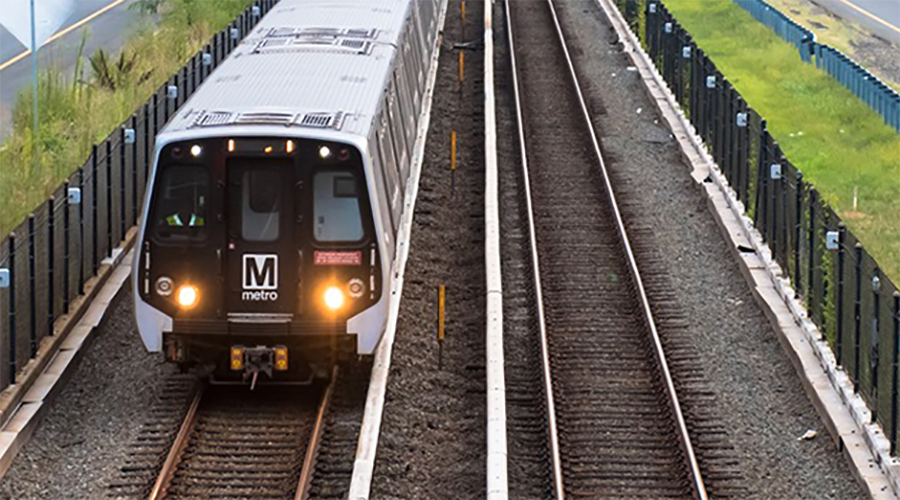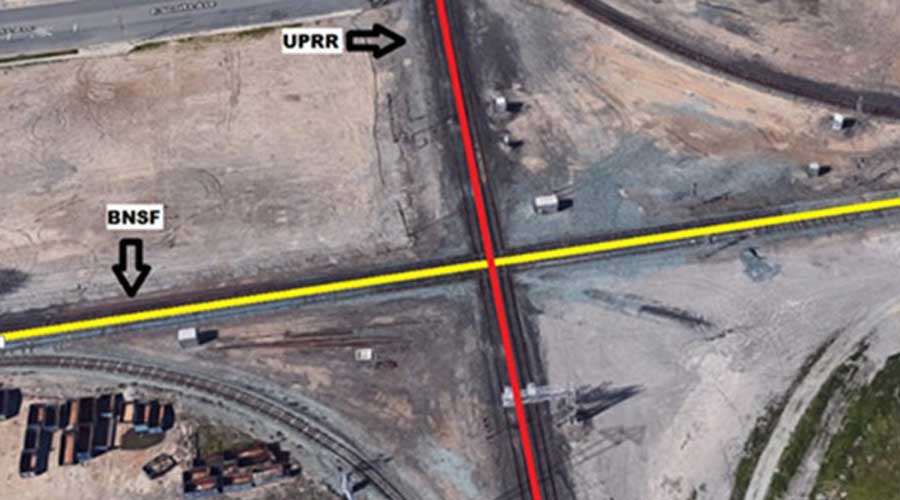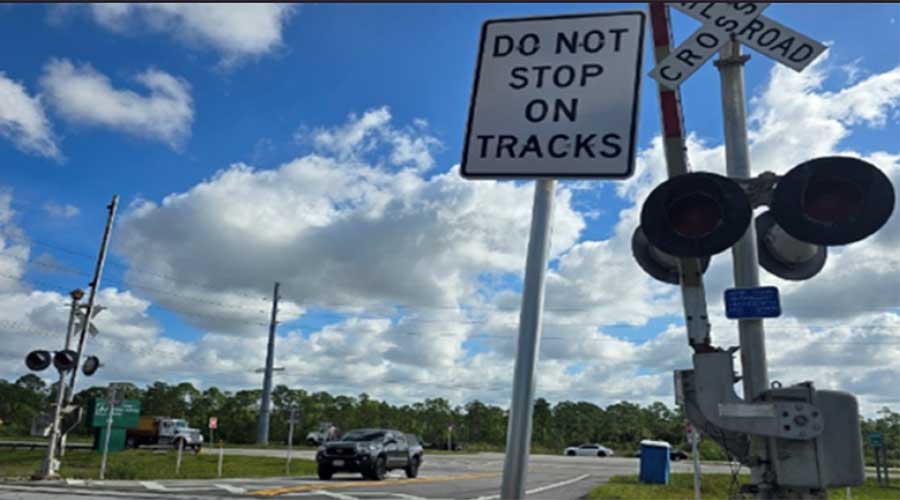Stay updated on news, articles and information for the rail industry
5/1/2015
Rail News: Communication and Signal
UP maps out $119 million in Illinois capex projects; conducts first-responder training
Union Pacific Railroad announced yesterday it will spend $119 million to improve track, signal systems and bridges in Illinois this year.
The Class I's capital spending in the state will feature $105 million to maintain railroad track, $5 million to enhance signal systems and $9 million to maintain or replace bridges, UP officials said in a press release.
Key projects will include:
• $9.7 million to replace 71,000 ties and install 9,175 tons of ballast on the line between Chester and Thebes, Ill. In addition, crews will repair surfaces at 66 grade crossings.
• $8.6 million to replace more than 15 miles of rail along the line and repair surfaces at 40 crossings between O'Hare International Airport in Chicago and the Illinois/Wisconsin border.
• $7.7 million to replace 14 miles of rail along the line between Chester near Cora and repair surfaces at 10 crossings.
The 2015 capital projects in Illinois are part of an ongoing investment strategy, UP officials said. From 2010 to 2014, UP investment more than $840 million in Illinois transportation infrastructure.
"We constantly evaluate our customers' needs to make targeted investments that enhance our efficiency and deliver the goods American businesses and families use daily," said Donna Kush, UP vice president-public affairs, Northern Region.
UP plans to spend $4.2 billion across its network this year, following capital expenditures of $31 billion from 2005 to 2014. Those investments contributed to a 38 percent decrease in derailments over the past 10 years, UP officials said.
Meanwhile, UP announced it conducted training for 80 emergency response personnel from 17 states in April. The training focused on preparing the responders in the event of a crude-by-rail incident in or near their communities.
UP proactively reaches out to fire departments and other emergency responders along its lines to offer comprehensive training to first responders in cities and towns where UP operates. The Class I annually trains about 2,500 local, state and federal first responders on ways to minimize the impact of a potential derailment.
The classroom and hands-on training covers safety subjects such as identifying tank cars that transport crude, tank-car fittings, tank-car construction, chemical and physical properties of the different types of crude oil, and crude oil response precautions.
Class members also participated in a simulated crude-oil fire.


 2025 MOW Spending Report: Passenger-rail programs
2025 MOW Spending Report: Passenger-rail programs
 Gardner steps down as Amtrak CEO
Gardner steps down as Amtrak CEO
 Guest comment: Oliver Wyman’s David Hunt
Guest comment: Oliver Wyman’s David Hunt
 Women of Influence in Rail eBook
Women of Influence in Rail eBook
 railPrime
railPrime







